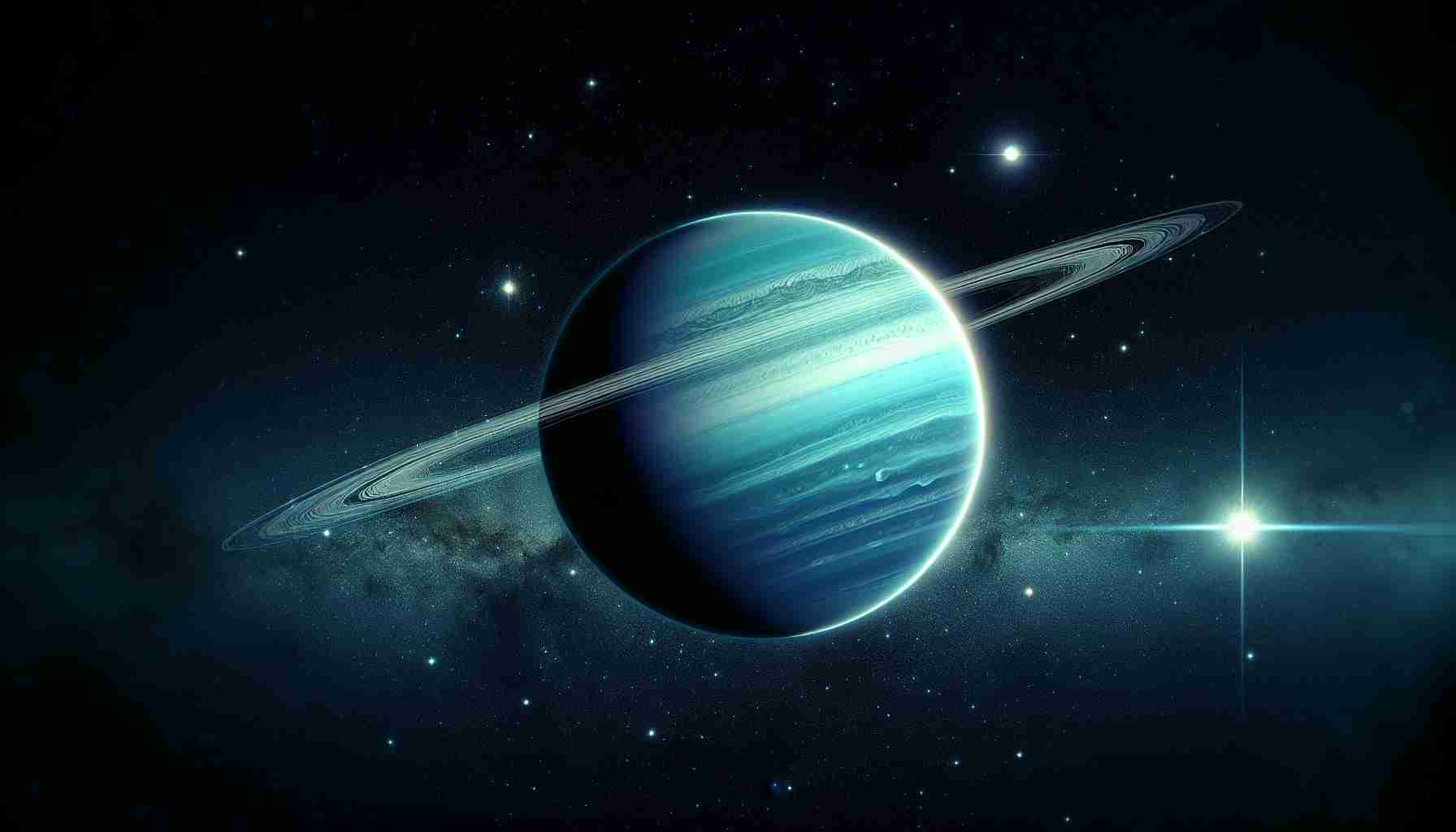Μια Ανεπανάληπτη Ανακάλυψη: Recent research challenges long-standing beliefs about Uranus, shedding light on its complex nature. A study in Nature Astronomy reveals how a rare solar wind encountered by Voyager 2 in 1986 influenced scientists’ understanding of the icy giant.
Η Αποκάλυψη: Contrary to previous assumptions, Uranus’s magnetosphere was found to be uniquely asymmetric, with intense radiation belts and a lack of plasma, unlike other planets. This groundbreaking insight suggests a more limited comprehension of Uranus’s system than previously thought.
Επανακαθορίζοντας τη Γνώση: Scientists now question the conventional wisdom about Uranus’s moons, initially assumed to be inactive due to the lack of plasma. The study emphasizes the need for future missions to enhance our understanding of this enigmatic planet.
Εξερεύνηση Νέων Συνόρων: Proposals for upcoming missions to Uranus highlight the urgency of comprehensive research. With data from spacecraft like Voyager 2 reshaping scientific narratives, the mysteries of Uranus beckon exploration for deeper insights.
Κάλεσμα σε Δράση: Advocating for a renewed focus on Uranus, experts urge NASA to prioritize missions to this distant planet in the coming decade. By delving into Uranus’s atmosphere and moons, we may unlock further revelations about our solar system’s enigmatic seventh planet.
Αποκαλύπτοντας Περισσότερα Μυστήρια: Enhancing our understanding of Uranus involves delving into lesser-known aspects that shape this enigmatic planet’s character. Beyond its unique magnetosphere and asymmetric radiation belts, Uranus holds more secrets waiting to be uncovered.
Οι Μυστηριώδεις Φεγγάρια: While the recent study shed light on the previously overlooked activity on Uranus’s moons, crucial questions remain unanswered. What geological processes drive the intriguing features observed on these icy satellites? Further exploration is vital to unravel the mysteries lurking in these distant lunar realms.
Κύριες Ερωτήσεις και Προκλήσεις: One of the primary questions perplexing scientists is the origin of Uranus’s sideways rotation. What cataclysmic event or cosmic influence set this icy giant on its peculiar axis? Unraveling this mystery presents a significant challenge that could reshape our understanding of planetary formation and evolution.
Πλεονεκτήματα της Εξερεύνησης: A comprehensive exploration of Uranus offers unparalleled opportunities to unravel the mysteries of the outer solar system. By studying its atmosphere, magnetosphere, and moons up close, scientists can gain insights into planetary dynamics, magnetism, and the potential for habitability in distant worlds.
Μειονεκτήματα και Διαμάχες: Despite the scientific merits of exploring Uranus, challenges persist in funding and prioritizing missions to this distant planet. Controversies around allocating resources for Uranus exploration versus other celestial bodies raise debates within the scientific community and space agencies.
Περαιτέρω Ανάγνωση: For more insights into the latest discoveries and ongoing research on Uranus, visit NASA’s official website for updates on upcoming missions and scientific findings related to the mysterious seventh planet in our solar system.
